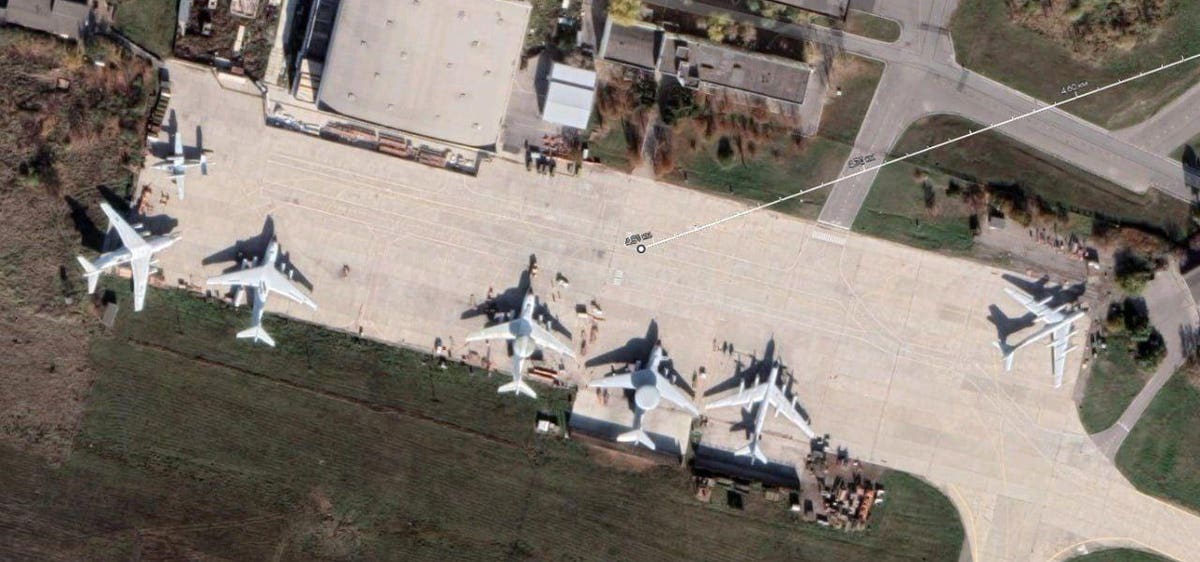It’s no secret that the Ukrainian air force has converted some of its 1960s-vintage S-200 surface-to-air missile systems into surface-to-surface weapons, apparently by adding a GPS seeker to the systems’ eight-ton V-860/880 missiles.
We don’t know exactly what the Ukrainians are targeting with their new-old ballistic missiles. The first confirmed S-200 strike, around July 9, may have blown up an industrial site somewhere in Bryansk Oblast, just north of the Russian border with Ukraine.
The second confirmed strike ended with a V-860/880 missile plunging into a city block in Taganrog, a city on Russia’s Black Sea coast 20 miles from the border with Ukraine and a hundred miles from the front line.
But there was nothing of obvious military value on the block. Unless the Ukrainians indiscriminately are lobbing their precious deep-strike weapons at Russian cities in order to terrorize Russian civilians the same way Russian attacks on Ukrainian cities have terrorized Ukrainian civilians, then it’s possible the Friday strike missed its intended target.
Working from that assumption, it’s not hard to guess what the real target actually was. Taganrog air base abuts the city to the northwest. The Russian air force operates Orion drones, Il-76 cargo planes and Tu-95 bombers, among other types, from the sprawling base.
Fire an S-200 from Dnipro, the nearest major free city in Ukraine, and its V-860/880 missile should have just enough range to strike the air base. If a V-860/880 from Dnipro flew just wide of the base—four miles or so—it would impact … pretty much exactly where the missile in the Friday strike impacted.
Why Dnipro? Because during the Cold War, the Soviet air force kept an S-200 battery in the city. The S-200 is mobile, but only barely. Bulky and heavy, it lends itself to fixed installations. It’s possible the Ukrainian air force revived a 60-year-old S-200 site for an attempted attack on Taganrog air base, and just barely missed.
And yes, the huge V-860/880 missile is exactly what you’d pick to strike an air base tarmac crowded with fragile bombers and airlifters parked wing to wing and fully gassed-up.
The missile’s 500-pound warhead accounts for just a fraction of its destructive potential. Any fuel still in its tanks at the moment of impact would add an incendiary effect to its blast effect. Big warplanes would be tinder for the resulting conflagration.
Read the full article here





